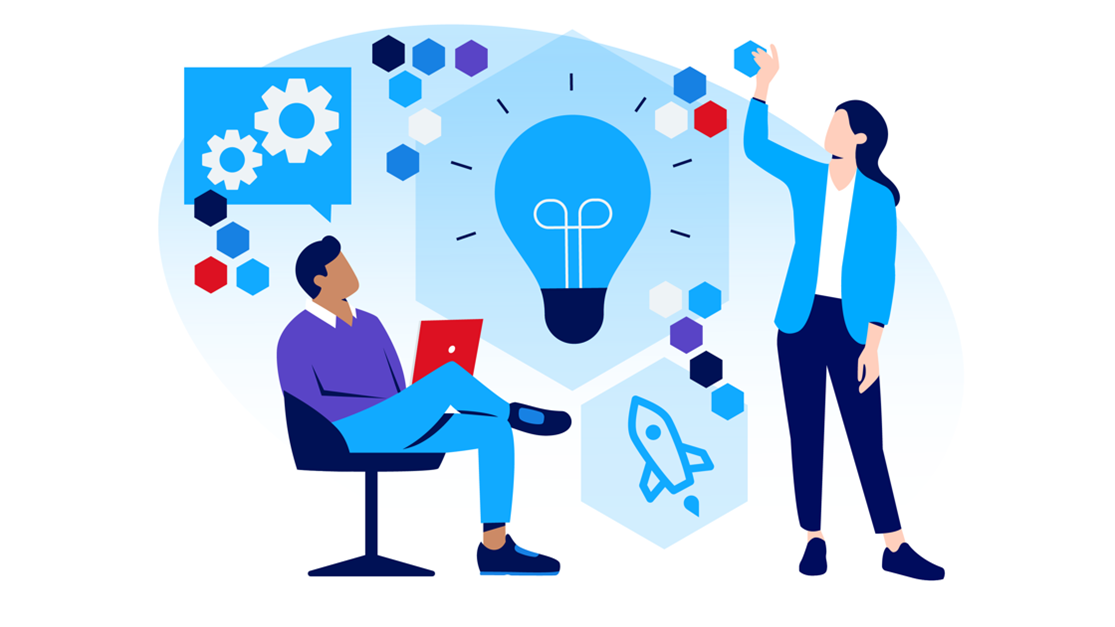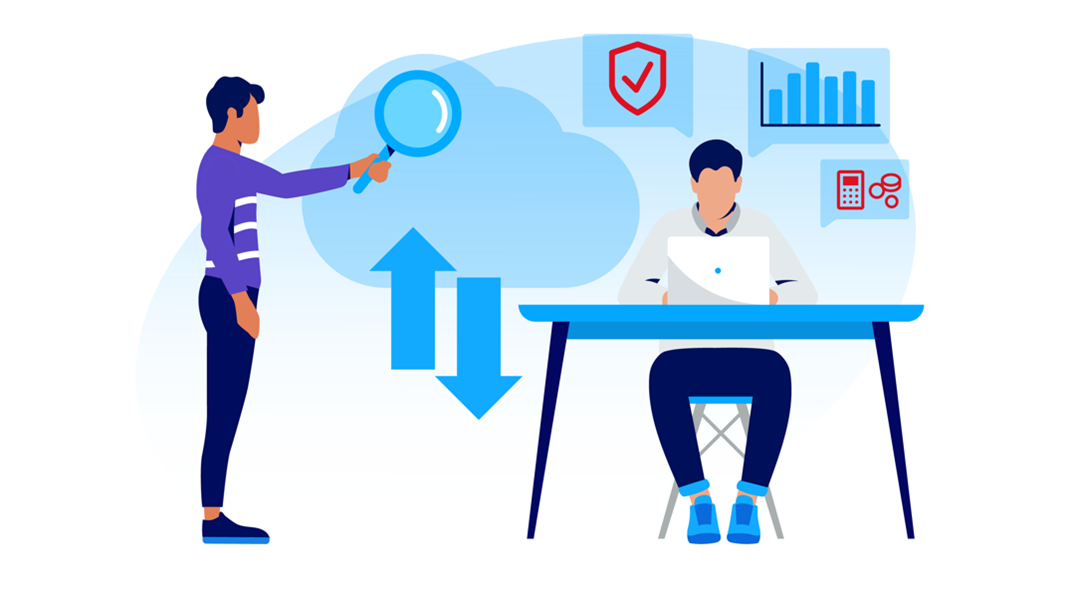Cloud
Future-proof your business through app modernisation
Stay ahead of the game in the digital age and optimise your customer experience. Drive innovation and agility in your organisation. Future-proof your success by modernising your legacy applications.
Text: Nadia Yépez Ccanto, Pictures: Swisscom
9 February 2024
There may also be other motivating factors behind an organisation’s decision to modernise its legacy applications, including insufficient expertise in the operation and further development of complex applications based on outdated technologies, cost efficiency pressures, or revised data protection, compliance and security regulations.
The advantages of modernising existing applications are many and varied. The automation of work processes, for instance, can help to increase efficiency and agility in a company. Automation can also be used to accelerate development and deployment processes, enabling the faster implementation and release of corrections and new functions. Another advantage of modernisation is improved compatibility with peripheral systems, making migration to the cloud easier and enabling the use of microservices.
What are the most important considerations when it comes to app modernisation? To ensure an effective, profitable and sustainable modernisation of applications, be sure to observe the following points.
1. Bring the key players to the table
Every software is different – from the cost to the architecture, operation and security. To ensure the success of modernisation projects, therefore, you have to involve all the key players with their specific skills and knowledge.
Different perspectives are just as important as holistic thinking. The goal is to reconcile the requirements for the applications, the needs of the various stakeholders and the challenges of the company. Everyone, including business owners, app owners, operations managers, technology managers and other stakeholders, has a contribution to make. Be sure to also involve end user representatives to gain feedback on optimising the user experience.
2. Follow our proven roadmap for modernisation
The following steps can help reduce time to market without sacrificing service quality or continuity:
Start innovating: The implementation of innovative functions as minimal viable products in the public cloud and the incorporation of the application within the legacy system will create a hybrid environment for the subsequent steps. Agile, DevOps or lean approaches are pursued to maximise efficiency and accelerate the development and deployment process.
Move on to automation: The task now is to identify automation potential and introduce it where the swiftest benefits can be achieved. You could, for example, adopt an IaC (Infrastructure as Code) approach or set up a CI/CD (Continuous Integration/Continuous Delivery) pipeline in the development and deployment process. There is also often great potential in application testing.
Switch to microservices: Migrating components from legacy systems can be extremely time consuming and the close integration of individual components can delay the implementation of new functionality. This is an ideal scenario for microservices. Big bang projects should be avoided. It is better to start the move to the cloud slowly to ensure service continuity and quality.
3. Take advantage of the public cloud
To gain maximum benefit from the public cloud for the modernisation project, the following points should be considered.
- Cost: Keep total cost of ownership in mind and create a plan for cost monitoring and optimisation.
- Security and compliance: Customers need to understand how the shared responsibility model works, what kind of cloud encryption services and protocols are available and how to properly deploy a cloud identity and access management system.
- Best practices and blueprints: Pre-configured security blueprints and experience from other projects make it easier to eliminate old vulnerabilities in the new public cloud platform.
- Cloud native: Gain a competitive advantage by leveraging state-of-the-art services and products on public cloud platforms.
4. Take security into account
In an app modernisation project, security should be considered from the outset. When applications need to be redesigned and improved to meet the latest demands, they are also exposed to new, more sophisticated threats. Security therefore has to be an integral part of every phase to ensure that the modernised applications are not only more efficient and flexible, but are also secure.



